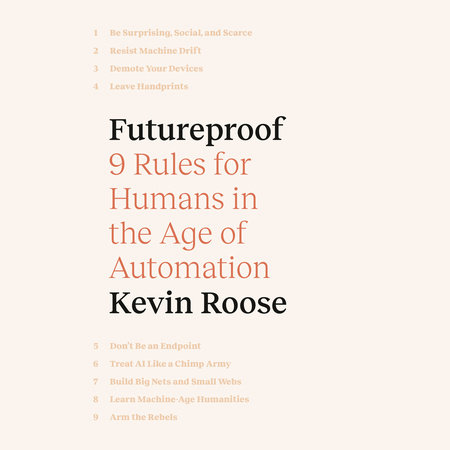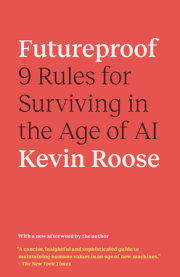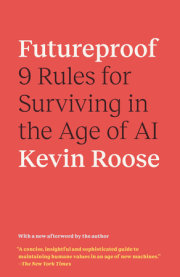Recently, I was at a party in San Francisco when a man approached me and introduced himself as the founder of a small AI start-up. As soon as the founder figured out that I was a technology writer for The New York Times, he launched into a pitch for his company, which he said was trying to revolutionize the manufacturing sector using a new AI technique called “deep reinforcement learning.” Modern factories, he explained, were struggling with what is called “production planning”—the complex art of calculating which machines should be making which things on which days. Today, he said, most factories employ humans to look at thick piles of data and customer orders to figure out whether the plastic-molding machines should be making X-Men figurines on Tuesdays and TV remotes on Thursdays, or vice versa. It’s one of those dull-but-essential tasks without which modern capitalism would probably grind to a halt, and companies spend billions of dollars a year trying to get it right. The founder explained that his company’s AI could run millions of virtual simulations for any given factory, eventually arriving at the exact sequence of processes that would allow it to produce goods most efficiently. This AI, he said, would allow factories to replace entire teams of human production planners, along with most of the outdated software those people relied on. “We call it the Boomer Remover,” he said. “The . . . Boomer . . . Remover?” I asked. “Yeah,” he said. “I mean, that’s not the official name. But our clients have way too many old, overpaid middle-managers who aren’t really necessary anymore. Our platform lets them replace those people.” The founder, who appeared to be a few drinks deep, then told a story about a client who had been looking for a way to get rid of one particular production planner for years, but could never figure out how to fully automate his job away. But mere days after installing his company’s software, the client had been able to eliminate the planner’s position with no loss of efficiency. Slightly stunned, I asked the founder if he knew what had happened to the production planner. Was he reassigned within the company? Was he just laid off unceremoniously? Did he know that his bosses had been scheming to replace him with a robot? The founder chuckled. “That’s not my problem,” he said, and headed to the bar for another drink.
Copyright © 2020 by Kevin Roose. All rights reserved. No part of this excerpt may be reproduced or reprinted without permission in writing from the publisher.






